For green building, there is nothing more local than straw
Canadians should have a closer look at this home-grown product.
At the time of writing this post, Canada was facing tariffs imposed by the USA starting today. We have a temporary reprieve, but the issue hasn’t gone away.
I have often written articles promoting the use of materials that are grown instead of mined, noting that they can store carbon instead of emitting it, and that they are often healthier than the petrochemical products that are so common in our homes. As Kelly Alvarez Doran notes in this month’s Canadian Architect:
“We've plasticized our housing and our thinking. From the OPEC crisis onward, our narrowed focus on energy-use reductions has, ironically, blinded us to our ever greater reliance on fossil fuel-derived products throughout the built environment. Siding, roofing, insulation, window and door frames, flooring, countertops, and even the paint on our walls have become heavily reliant on petroleum. The net result: our housing is far more carbon-intensive to build, and is far more toxic and harmful to our health and the broader environment. It has also diverted the enormous economic benefits of construction's supply chain towards refineries.”
Many of those refineries are in the United States of America, which has just imposed a 25% tariff on Canadian goods. One response from individuals and governments has been to reject American products and buy local. And there is no more local building material than straw.
I have written about the benefits of straw before, most recently after visiting Juraj Mikurcik’s Old Hollaway House in Hereford, UK, in The Three Little Pigs Got it Wrong. When I was in New Zealand last October, I had the privilege of staying in the Hiberna Straw Bale Passive House, the first strawbale-certified Passive House outside of Europe. Ben Eyers built it with a conventional timber frame filled with straw bales, but the straw world has become much more sophisticated.
Eyers now builds with prefabricated Structural Insulated Panels (SIPs) made of plywood boxes filled with straw, then finished with lime plasters.
He engaged my friend Elrond Burrell of Via Architecture to study the carbon footprint of the panels; Elrond concluded, “A typical Hiberna Modular straw panel stores 4 times as much carbon than is emitted during the production. And, it emits only half as much upfront carbon as a comparable timber frame wall.”
I saw that panel at the almost-finished house designed by my host in the Hiberna Passive House, Jessica Eyers.
There appears to be a booming straw SIP business in New Zealand, all staffed by very tall people. But not so much in Canada; I could only find two companies, one in Alberta, Savick, that doesn’t show much built, and another one, St. Catherines Ontario, Naturebuilt, with a website address that points to a varicose vein cure. However, a few architects and builders work in straw in Canada, including Terrell Wong of Stone’s Throw Design and Ben Polley’s Harvest Homes.
But there is no reason this couldn’t scale up big time, and it’s not just for houses. Slovakian straw SIP giant Ecococon just announced they are supplying 40,900 square meters of SIPs for the largest straw project ever designed, Henning Larsen’s Timber Logistics Centre in Lelystad, Netherlands.
Ecococon just opened a new factory with an annual production capacity of 60,000 square meters of panels. They are cladding a 12-storey, CLT framed 65 apartment high-rise in Malmö. They are thinking big.
In Australia, Philip Oldfield is proposing office buildings designed to reduce upfront carbon emissions. “We also used straw insulation in the walls, reduced glazing and unnecessary finishes, and increased reused and recycled materials throughout. By the end we had cut the upfront embodied carbon by 45%, from 520 kilograms of CO₂ equivalent per square metre to 287kg.”
Oldfield also points to a Studio Gang project in Paris, noting that “French Law requires 50% of all materials used in public buildings to be timber or natural materials.” Canada could do this; we have wood, stone, and straw. We could try to entice Ecococon to open a plant here (they say, “Our goal is to gradually set up local production in every country to be as close to our clients as possible, support the local economy and minimize transport-related emissions.”) or, like the Kiwis, develop our own; we make plywood by the square mile, and it will pile up fast with the new tariff. Straw grows fast; it wouldn’t take long to set up.
I concluded my last post with “Albert Einstein purportedly said, ‘In the midst of every crisis, lies great opportunity’.” Half a dozen Bluesky posters complained that he never said it. I wasn’t so sure myself, which is why I added the word “purportedly,” but I really liked the sentiment and still do.
We have an opportunity here to build with local, low-carbon, healthy, tariff-free materials; we should grab it.



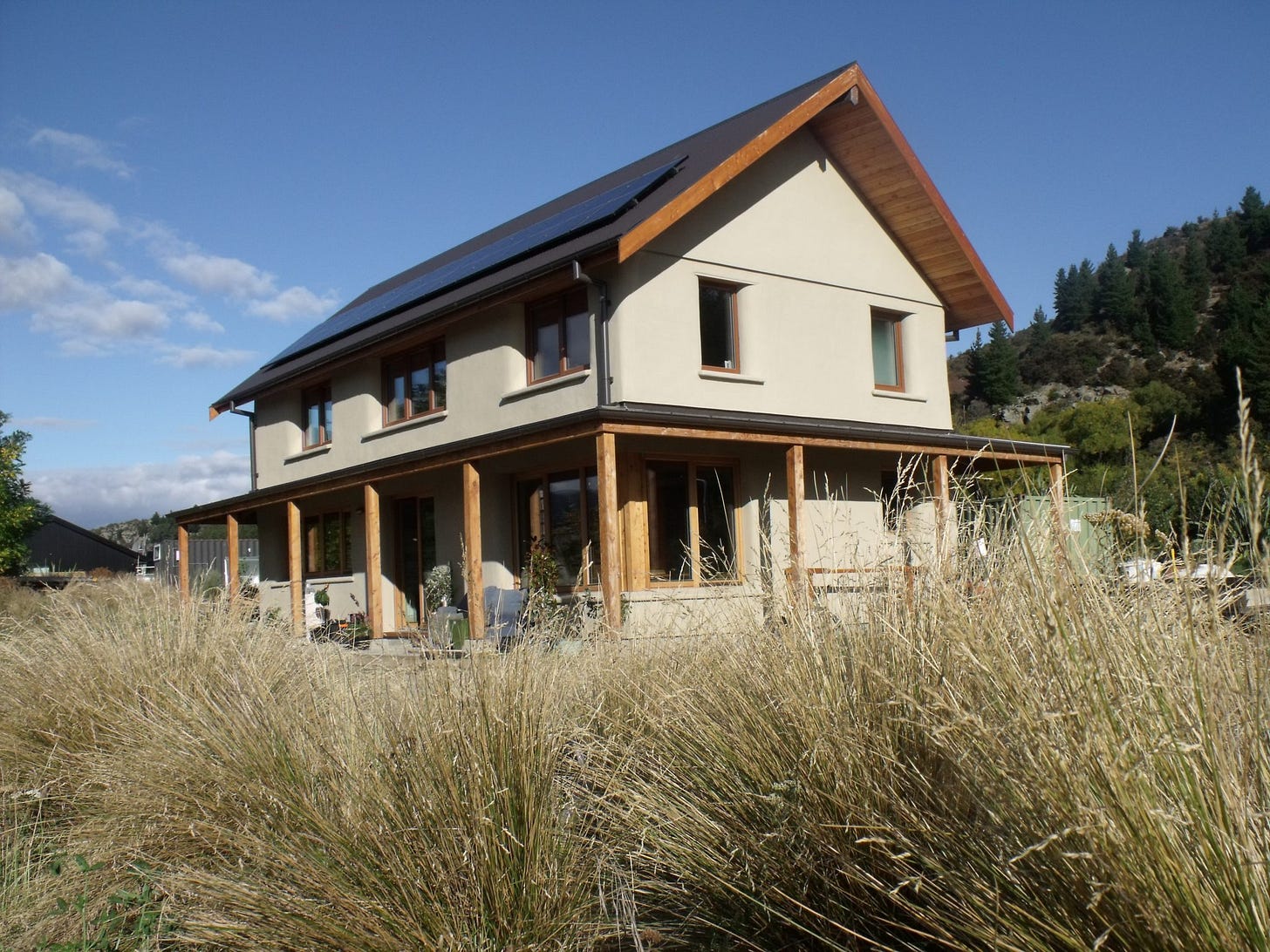
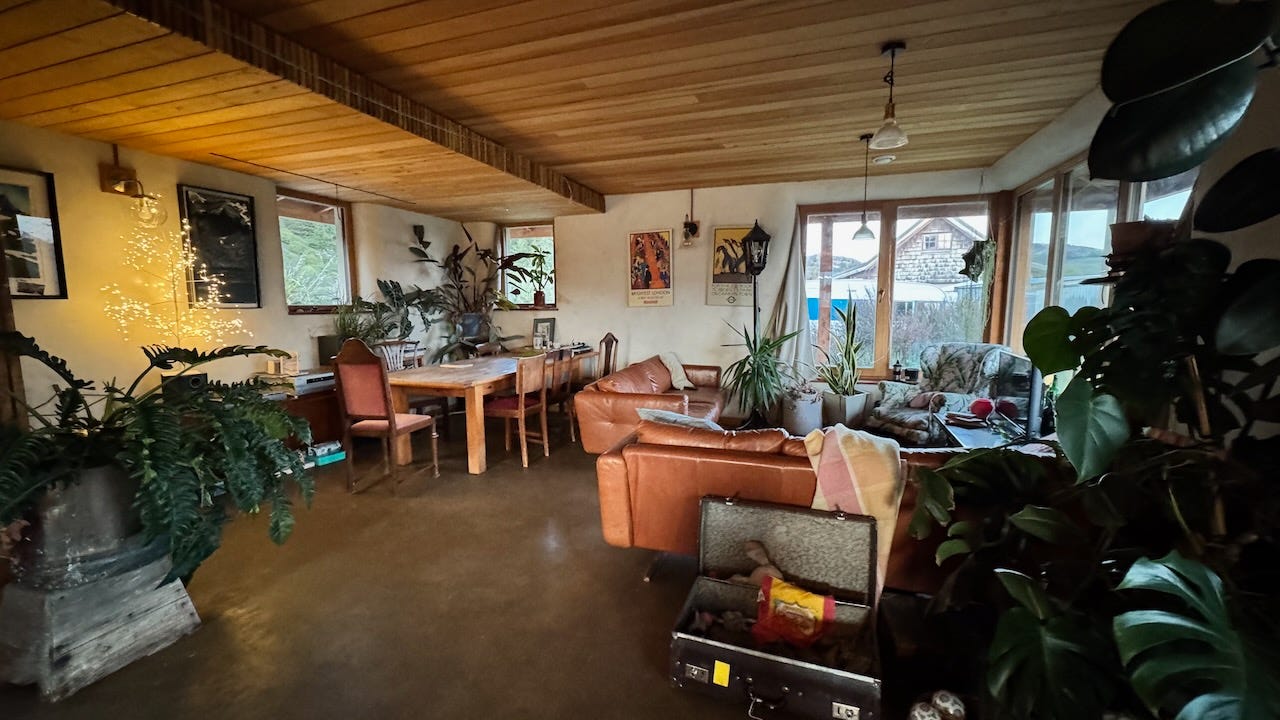
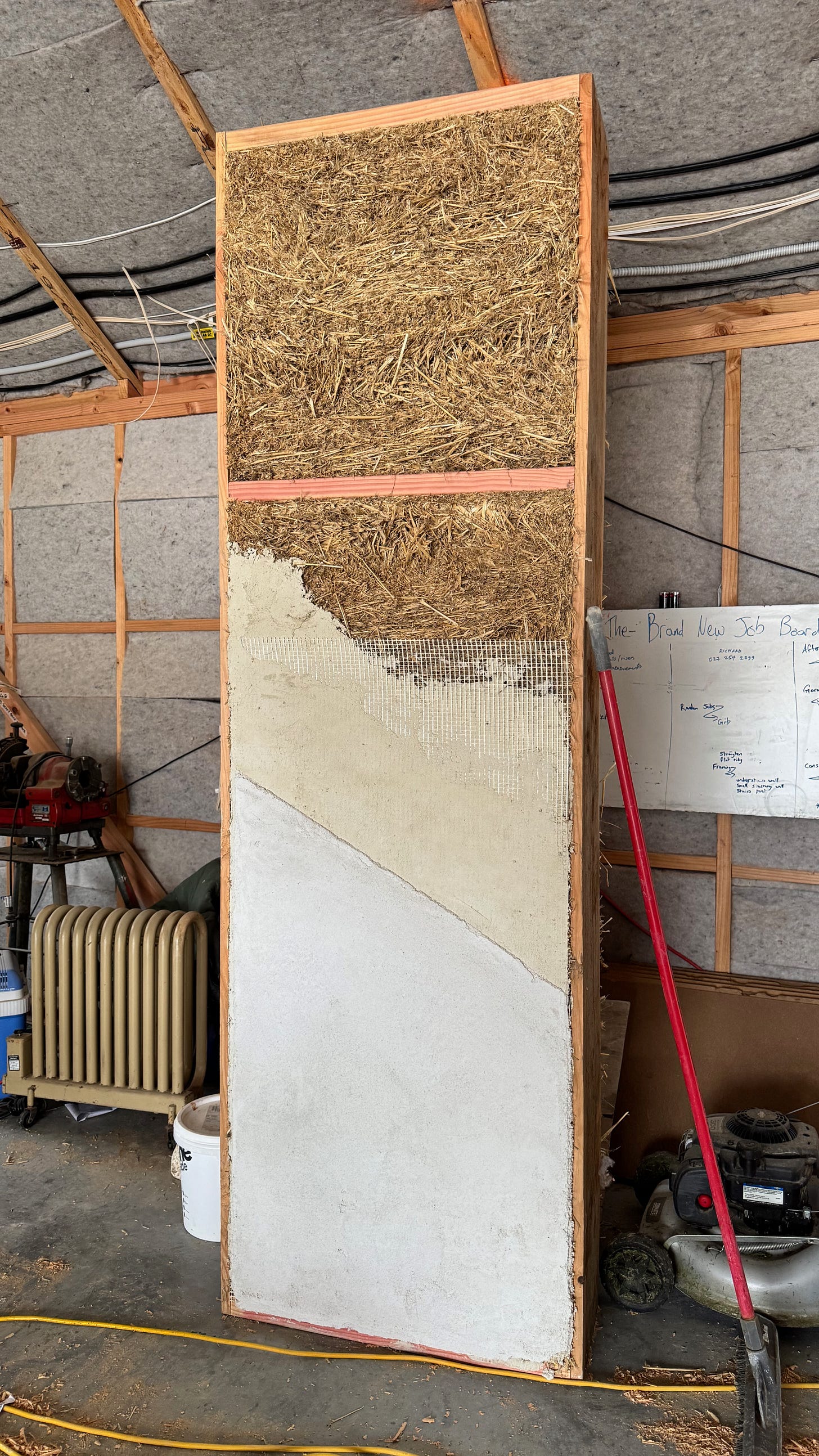

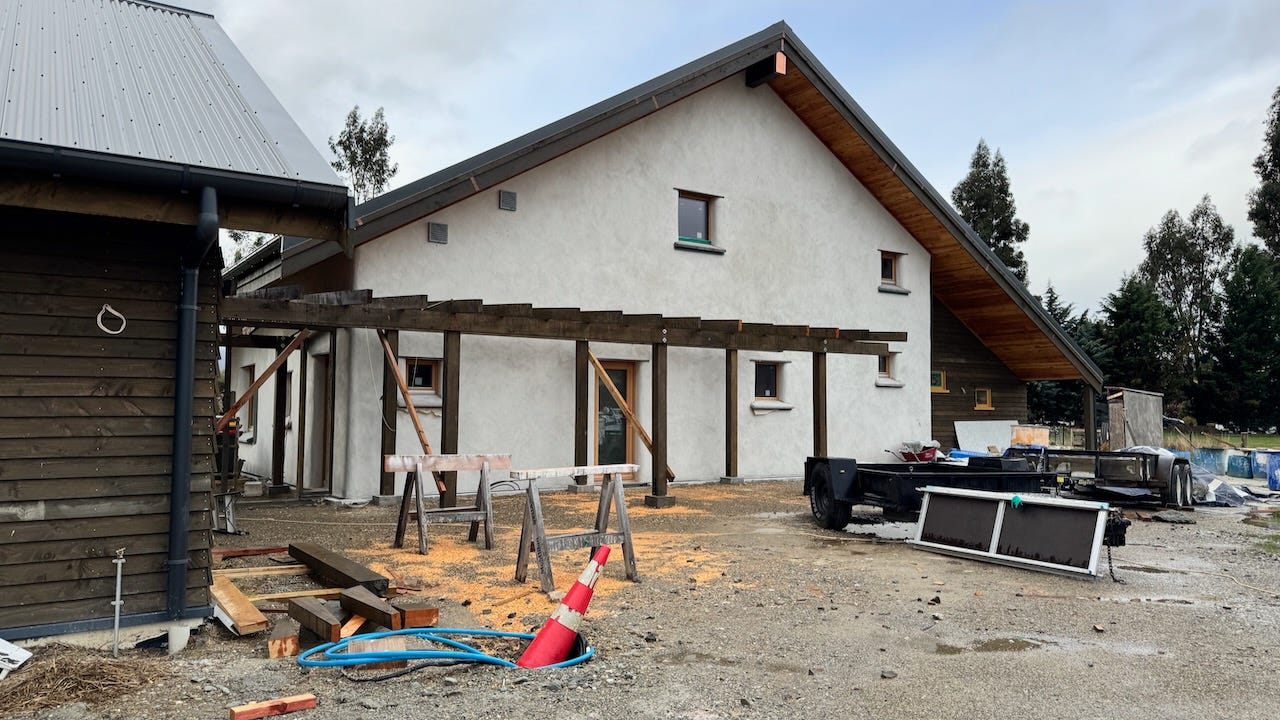
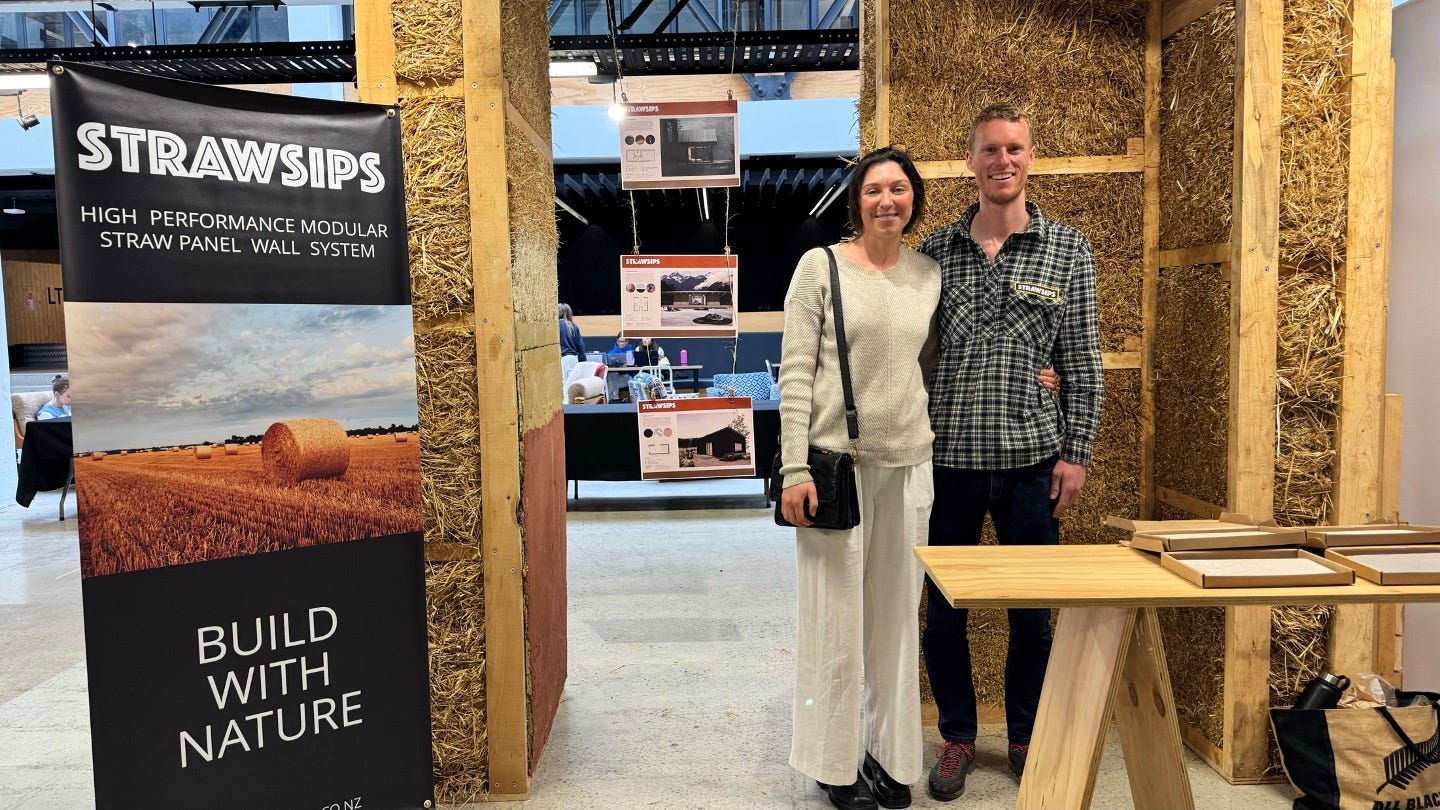
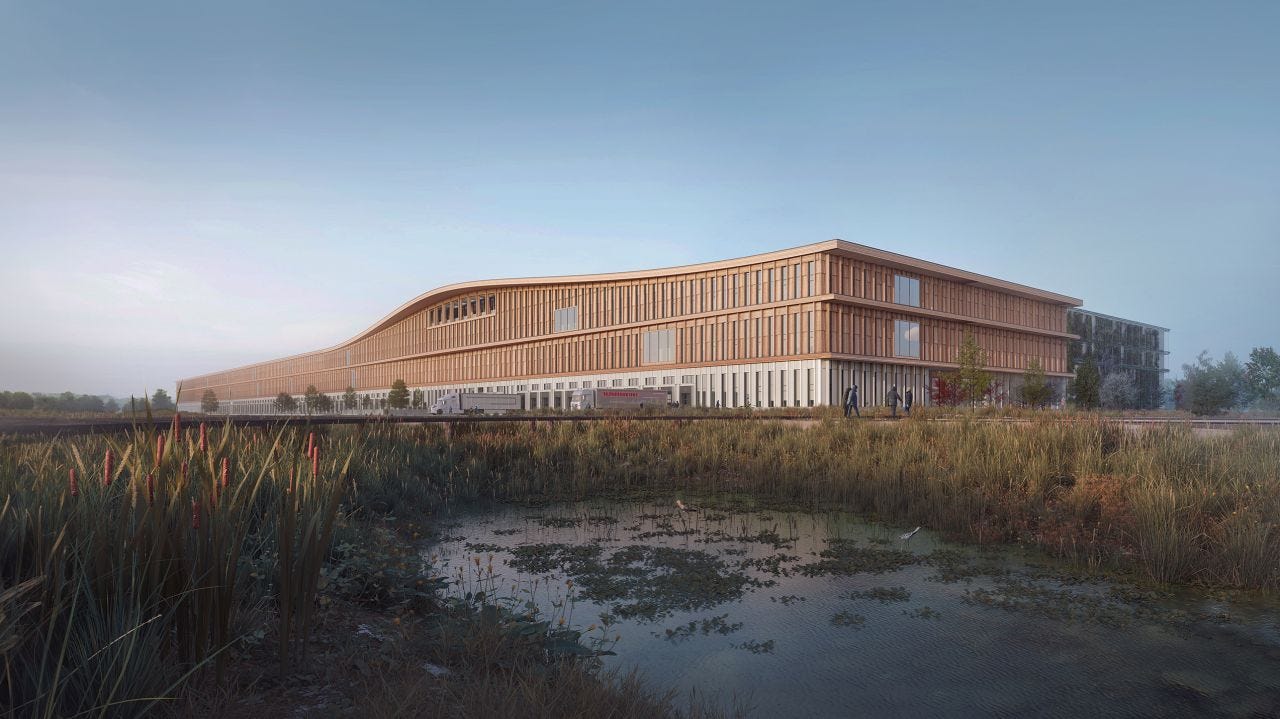

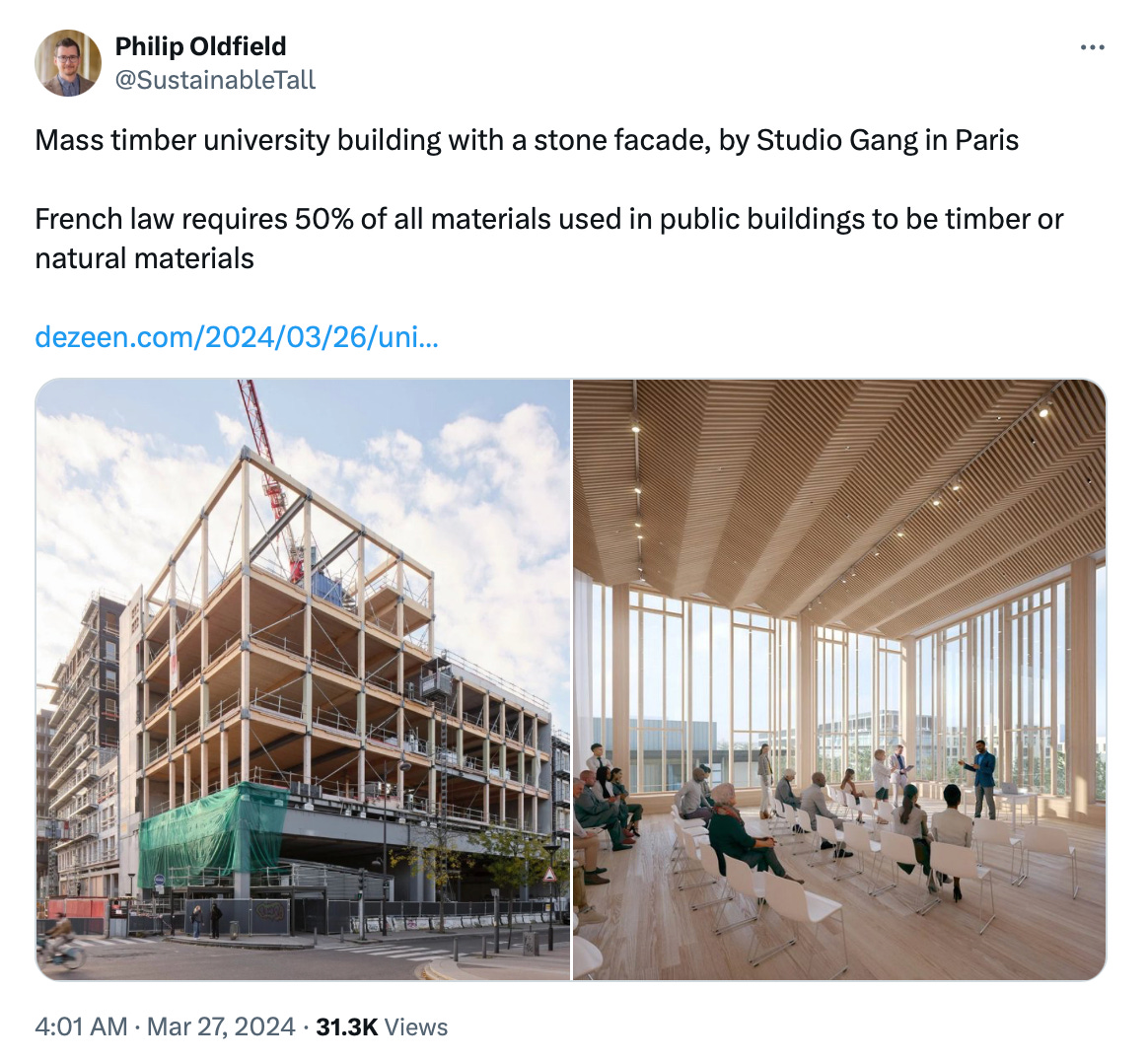
Just to confirm the utility of straw bale construction, I partially designed and have lived in a straw bale house for the last 25 years. It is a post and beam structure, with infill straw bale walls, and R-50 attic insulation of blown in cellulose. I bought the bales directly from a local farmer, wheat straw, and there are no signs of any problems, inside or outside. It is not perfect. I could have used a less embodied energy stucco on the outside, and the concrete floor is smooth, but not pleasant in the winter, though it is not so cold here as Canada (Shenandoah Valley Virginia, USA). In our state, as in most, state building inspectors are only slowly grasping that alternative building materials might be better, and local building materials best. Straw is not that hard to find, but getting the farmer to make extra tight bales might get tricky. Overall we are happy with the result.
In the past perhaps, but a hemp SIP wall would be much more effective if you compare the two side by side. A straw wall could combust with a strong fire while hemp does not. Shorter grow season for hemp and less fertilizer if any. Great startup industry, would utilize all parts of hemp. Straw better used for agriculture purposes.